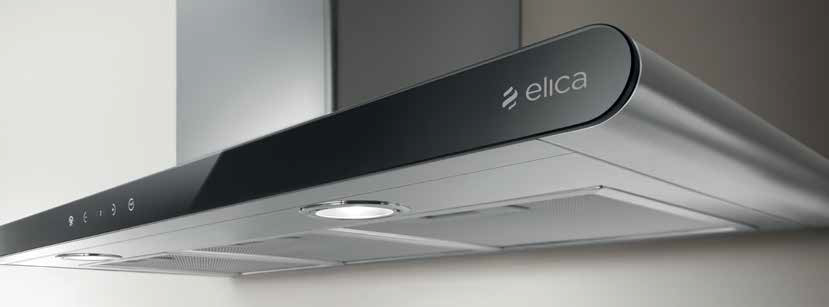Abstract
Energy consumption by household appliances is an increasingly significant issue for designers and compliance with energy consumption directives forces companies to design new products with careful attention if they wish to secure a place in the market. This article presents a study that the Elica Group commissioned from EnginSoft to support it engineering team in redesigning the ventilation system of its “Tilly” kitchen hood model to increase its efficiency and raise the product to a higher energy class, to comply with EU energy consumption directives and to consolidate Elica’s market-leading position. Using Computational Fluid Dynamics (CFD) modelling, EnginSoft designed various configurations within the parameters and limits set by Elica, which were then tested in the Elica Group’s laboratory so that a final optimized design could be selected based on manufacturing considerations.
Read the article

